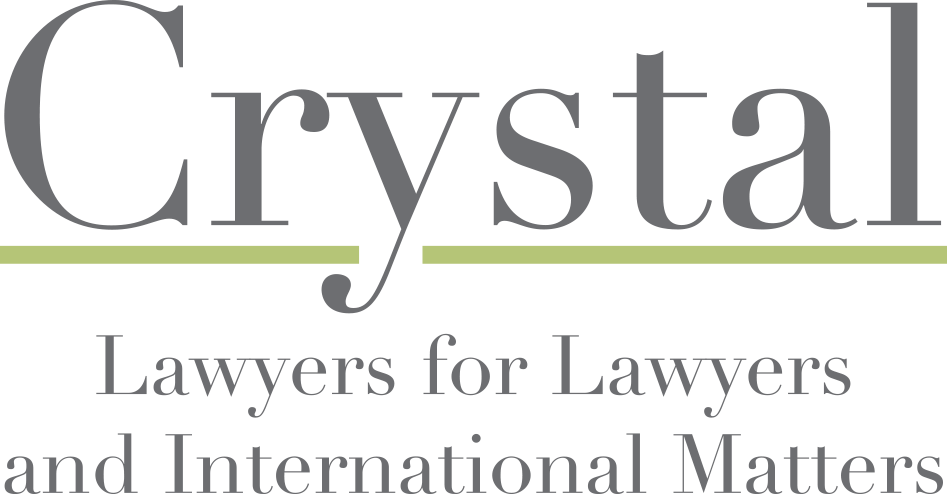 On September 5, 2017, U.S. Department of Homeland Security (DHS) announced the rescission of the Deferred Action for Childhood Arrivals (DACA) and issued the Memorandum on Rescission of Deferred Action for Childhood Arrivals (DACA).
On September 5, 2017, U.S. Department of Homeland Security (DHS) announced the rescission of the Deferred Action for Childhood Arrivals (DACA) and issued the Memorandum on Rescission of Deferred Action for Childhood Arrivals (DACA).
What is DACA. DACA is a program established in 2012 that provides deportation relief and work authorization to certain undocumented immigrants brought to the U.S as children. Eligible applicants were those who arrived in the US before turning 16 and had lived in the US since June 15, 2007. Also, applicants could not be older than 30 in 2012.
DACA recipients could obtain driver’s licenses, enroll in college, and work legally. DACA was not a path to become US citizens or legal permanent residents.
Under DACA, deportation was deferred for two years. After this initial period, applicants could apply for renewal. During the program, 800,000 renewals were approved. Those protected under DACA are known as “DREAMers” (after the DREAM Act, Development, Relief, and Education for Alien Minors Act, a bill that was first introduced in 2001, was reintroduced several times but has failed to pass).
Why DACA was rescinded. According to the Memorandum on Rescission, the DACA is the result of an “unconstitutional exercise of authority by the Executive Branch” and had to be terminated. However, not everyone agrees: according to a letter sent by more than a 100 law professors, “there is no question that DACA 2012 is a lawful exercise of prosecutorial discretion”, and it should not be terminated.
What happens now. The Memorandum on Rescission terminates the DACA program. Recognizing the complexities associated with winding down the DACA and provides a limited time window in which the DHS will adjudicate certain requests for DACA depending on some parameters specified below.
In particular, the DHS will adjudicate—on an individual, case-by-case basis—“properly filed pending DACA initial requests and associated applications for Employment Authorization Documents” (EAD) that have been accepted as of September 5, 2017.
The DHS will reject all DACA initial requests and associated applications for Employment Authorization Documents filed after September 5. 2017.
On an individual, case by case basis, the DHS will adjudicate properly filed pending DACA renewal requests and associated applications for EAD “from current beneficiaries that have been accepted by the Department as of the date of this memorandum, and from current beneficiaries whose benefits will expire between the date of this memorandum and March 5, 2018 that have been accepted by the Department as of October 5, 2017.” All other DACA renewal requests will be rejected.
The DHS will not revoke EAD for the remaining duration of their validity periods and it will “generally honor the stated validity period for previously approved applications for advance parole”, save for USCIS’s general authority to revoke an advance parole document at any time.
The DHS “will administratively close all pending Form I-131 applications for advance parole filed under standards associated with the DACA program, and will refund all associated fees.”
The Memorandum on Rescission of Deferred Action for Childhood Arrivals (DACA) is available at https://www.dhs.gov/news/2017/09/05/memorandum-rescission-daca.
For more information on DACA, contact Craig Dobson
